
5 things to know about Winnipeg’s big sewage problem
115 billion litres, 70 years to fix, $5.5 billion in lawsuits
It was a little over a year since I had been in the Peace River Valley. Back in June 2014, I visited the region to take photographs and to produce a film on the land, farms and wildlife that would be forever altered, or completely destroyed, to make way for the biggest and most expensive mega-project in the province’s history.
At that time it all seemed so distant and abstract. Would we really flood more than 100 kilometres of some the richest agricultural land in the north and destroy farms that date back to the first non-native settlers in the region? Were we really willing to clearcut and flood key habitat for a wide range of wildlife? Were we really willing to turn our back on the rights of First Nations who have called this valley home for perhaps 10,000 years? These questions were answered for me in the most brutal fashion when I returned this past November.
In just a few short months, the forests, islands and grazing lands of the proposed dam site were completely eradicated. Beautiful forests with massive cottonwood trees I had walked through had been reduced to clearcuts and slash piles. Machines dredged the river as bulldozers pushed debris and soil into it. When I took to the air, the true scale of the devastation could be seen clearly and extended far beyond the banks of the river.
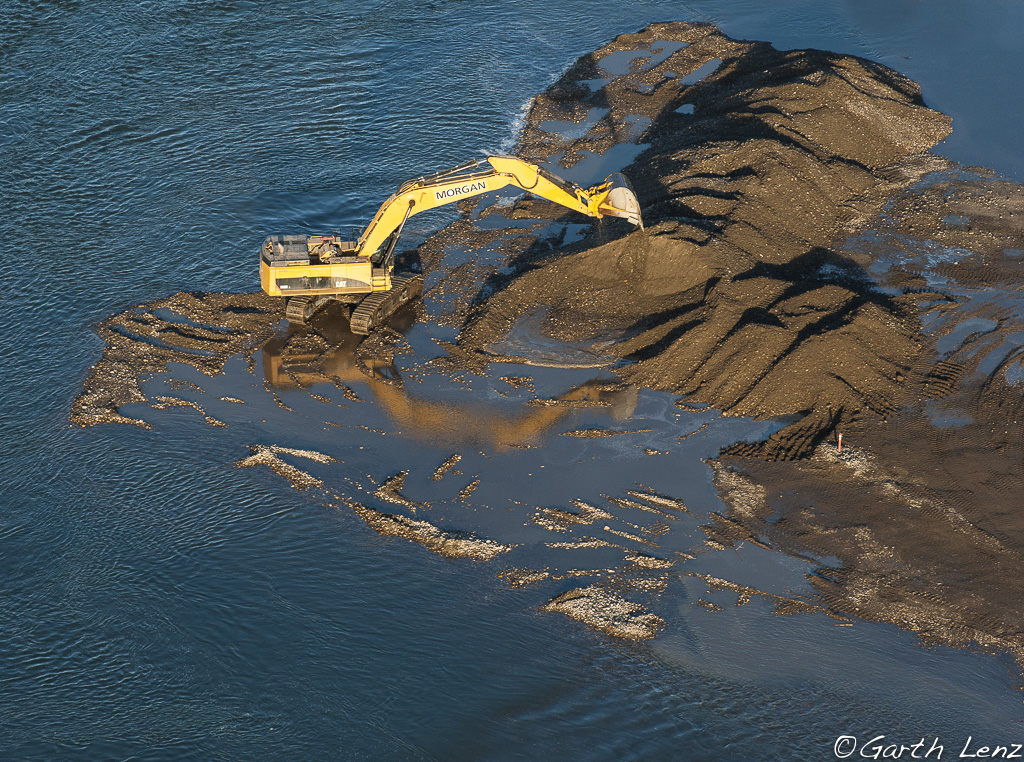
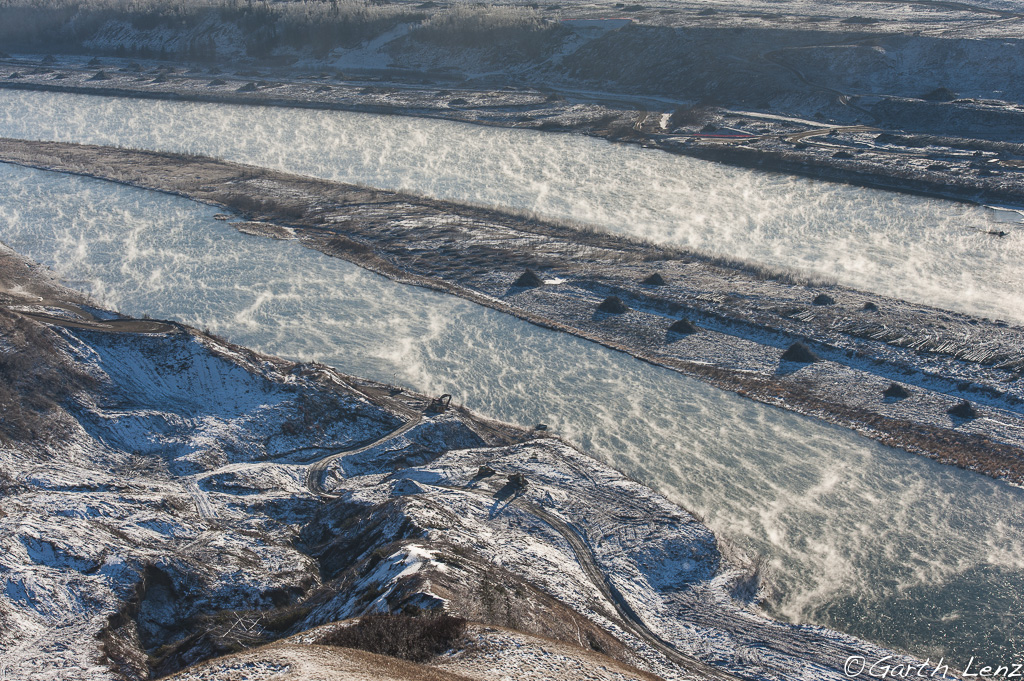
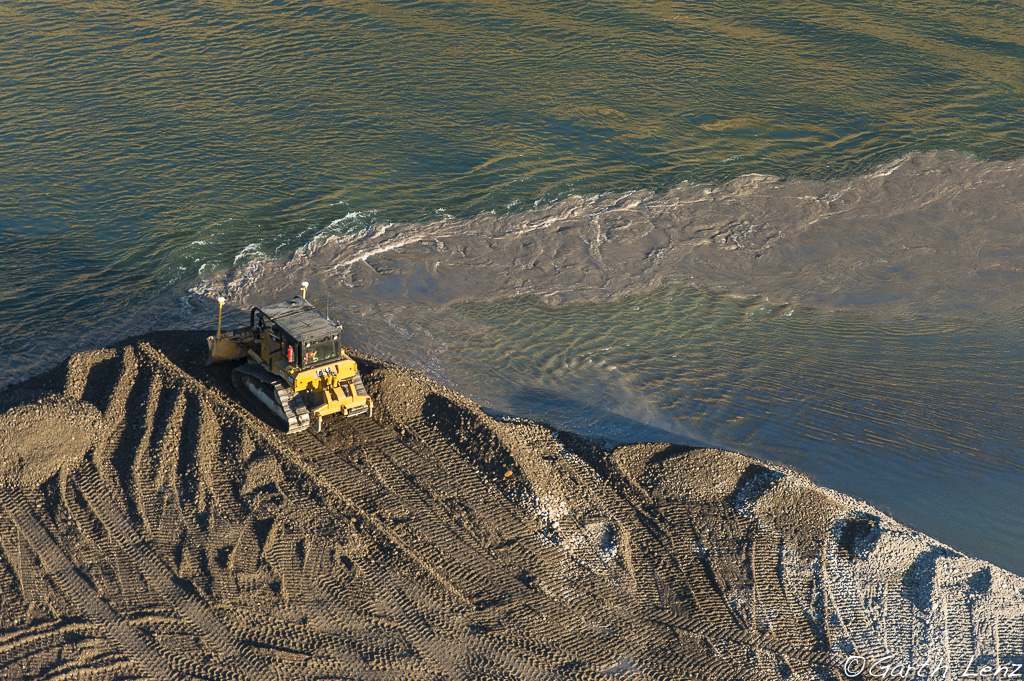
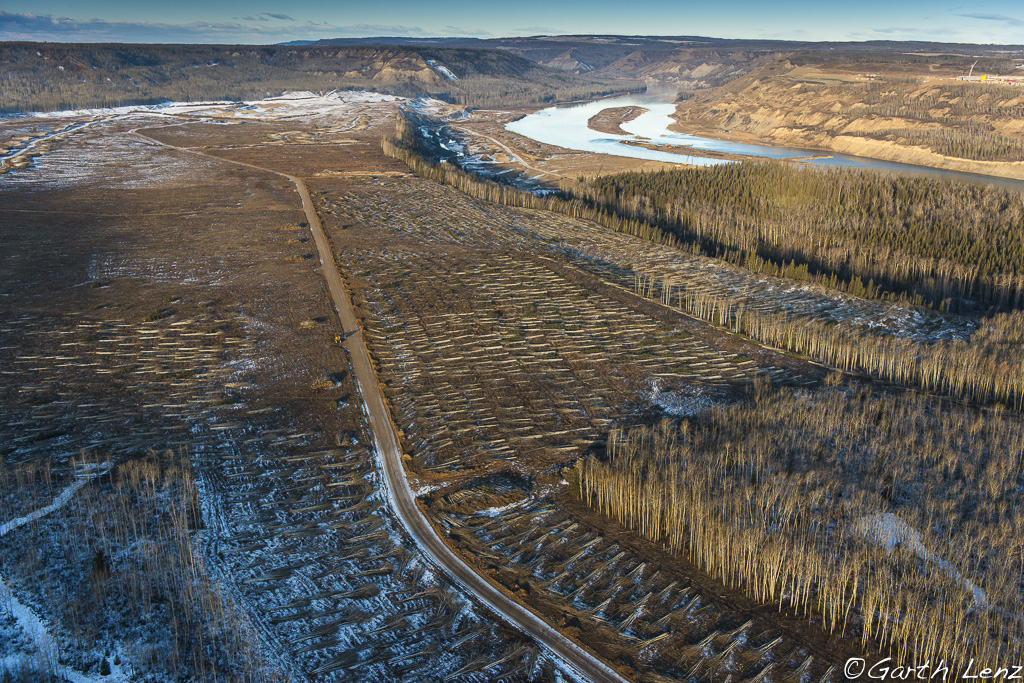

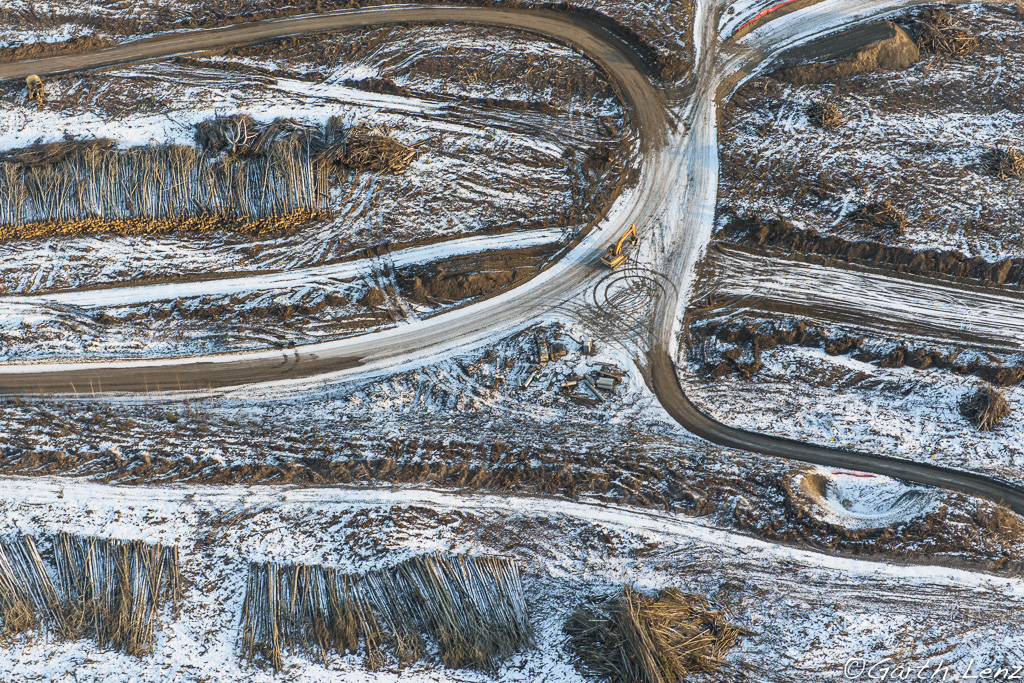
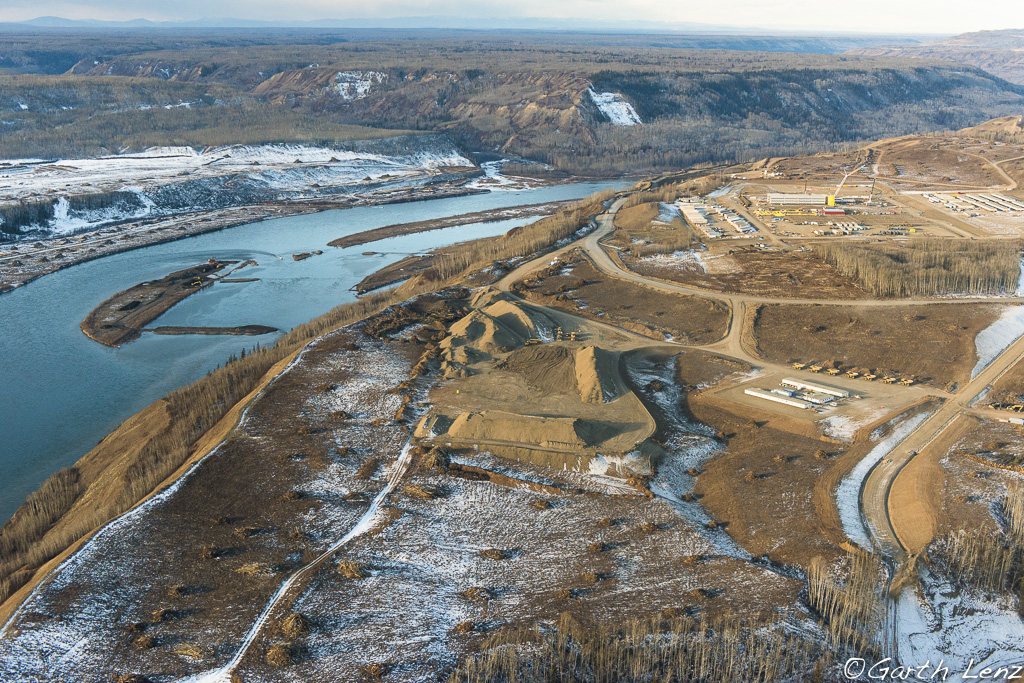
When I returned home, I sifted though my images from 2014 to find comparative views from before construction began. It was a more challenging task than I had assumed as virtually all points of reference had been completely obliterated.
When I managed to find “before” images, the difference was stark and sobering. The fact that this had all happened in just a few months was both awe inspiring and horrifying. Then the reality sunk in that this destruction that had occurred in just a few months and over a few kilometers is to be extended over a decade and will encompass over 100 kilometres of this remarkable river. I imagined what this process would look like as those many kilometers of forests, islands, wildlife habitat and farms I have photographed would be transformed to the same kinds of scenes.



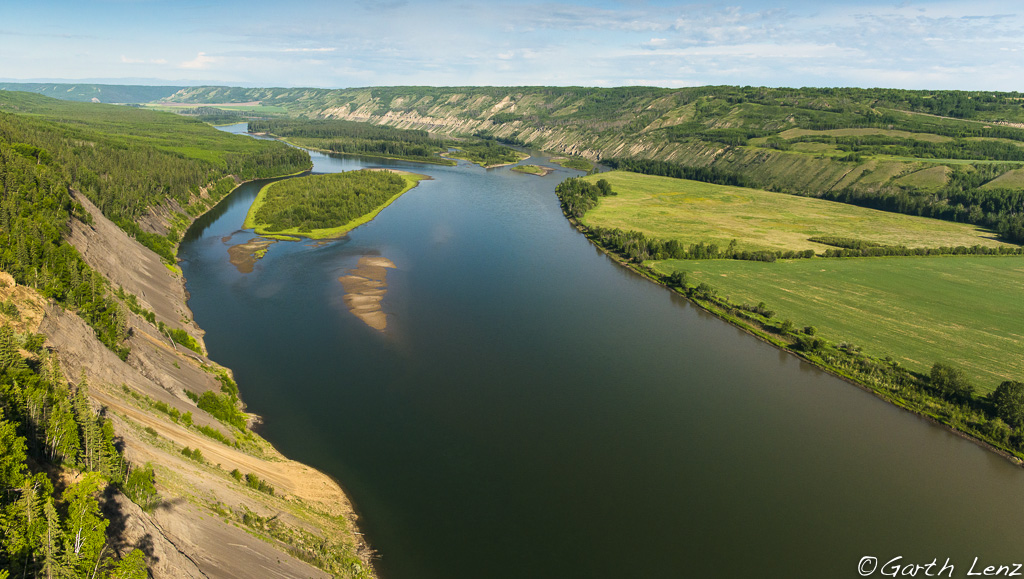
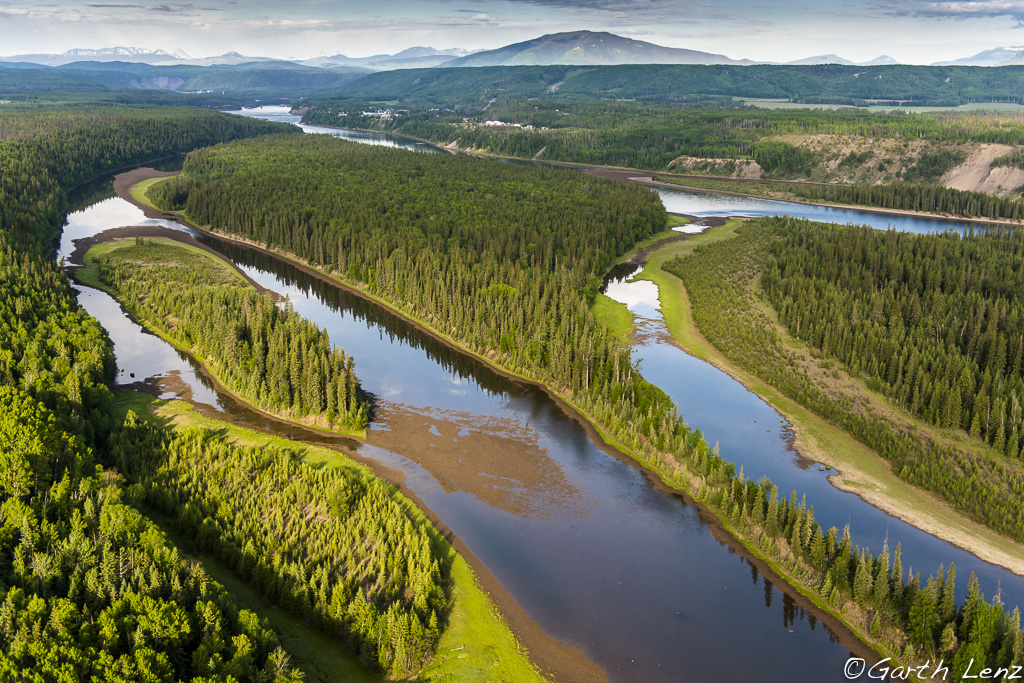
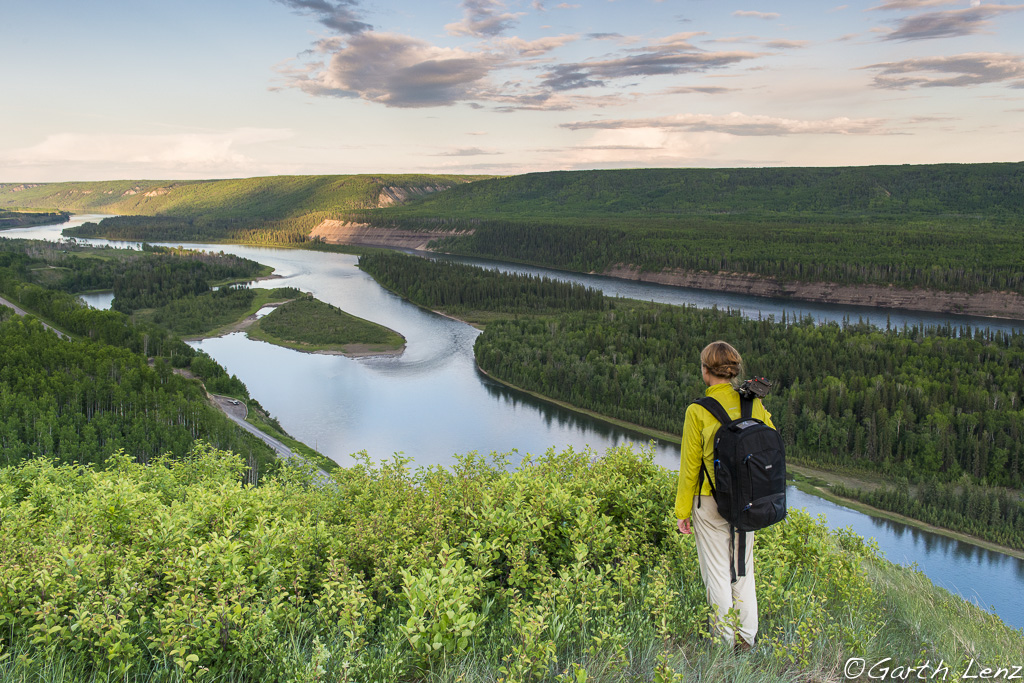
One day while photographing one of the clearcut islands in the middle of the river, I was visited by representatives of one of the Alberta-based contractors for the project. Despite the fact there were no machines, other people or any industrial activity on the island, I was told I would have to leave. When I asked why, I was told, “This is a hazardous zone.” I couldn’t agree more.
Editor’s Note: First Nations are still challenging the Site C dam in court, as well as meeting with the new federal government about pressing pause on the project. Learn more in our series on the Site C dam.
